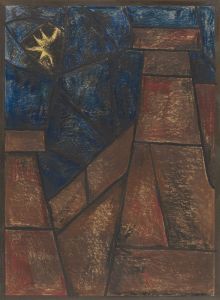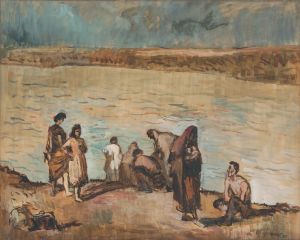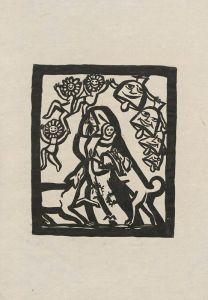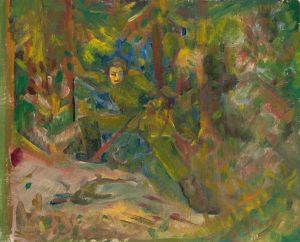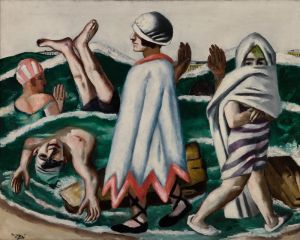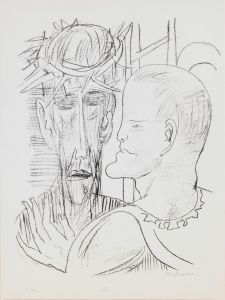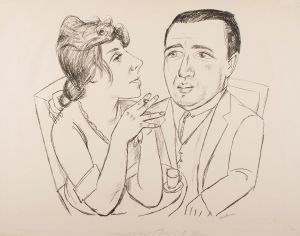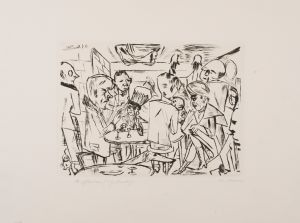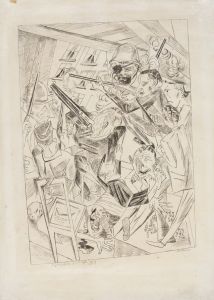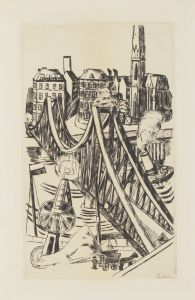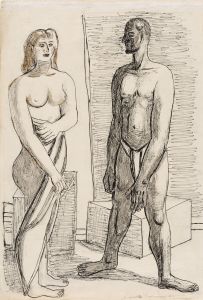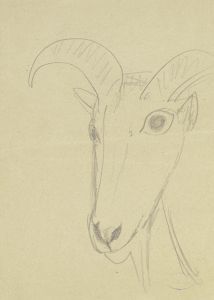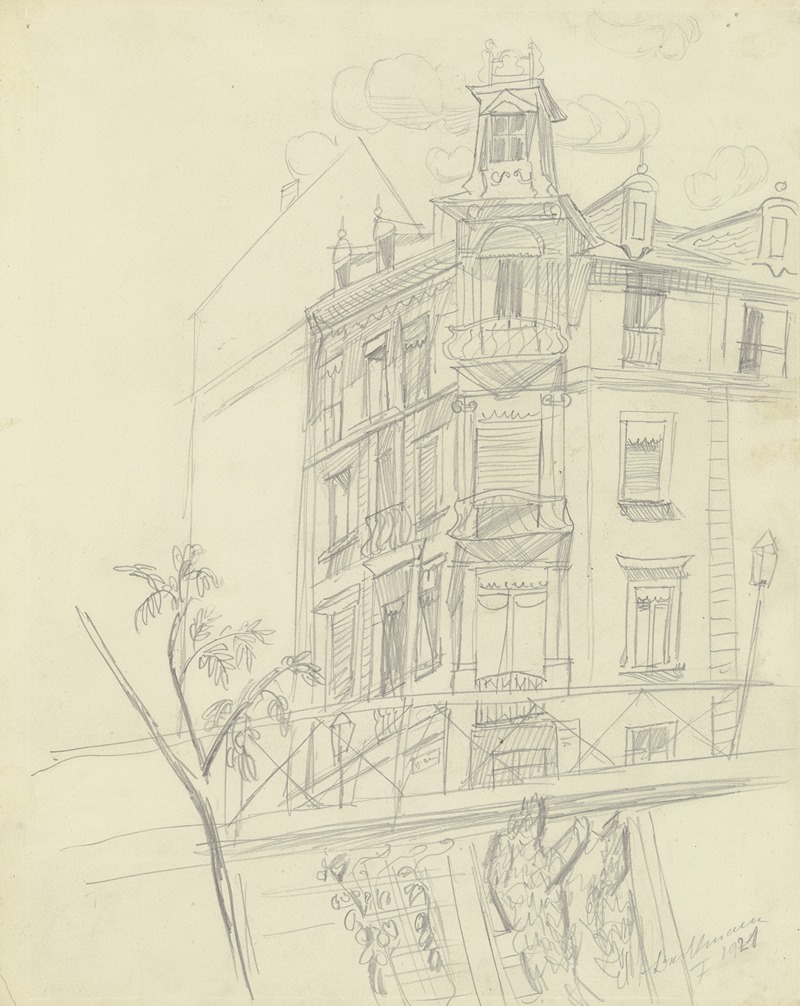
Study for the painting The Nice in Frankfurt am Main
A hand-painted replica of Max Beckmann’s masterpiece Study for the painting The Nice in Frankfurt am Main, meticulously crafted by professional artists to capture the true essence of the original. Each piece is created with museum-quality canvas and rare mineral pigments, carefully painted by experienced artists with delicate brushstrokes and rich, layered colors to perfectly recreate the texture of the original artwork. Unlike machine-printed reproductions, this hand-painted version brings the painting to life, infused with the artist’s emotions and skill in every stroke. Whether for personal collection or home decoration, it instantly elevates the artistic atmosphere of any space.
Max Beckmann, a prominent German painter, is well-known for his contributions to the art world, particularly during the early to mid-20th century. His works often reflect the tumultuous times he lived through, including both World Wars and the interwar period. Beckmann's style is characterized by bold colors, strong lines, and a unique blend of expressionism and realism, which he used to explore complex themes of human existence, society, and personal experience.
"The Nice in Frankfurt am Main" is one of Beckmann's notable works, though specific details about a piece titled "Study for the painting The Nice in Frankfurt am Main" are not widely documented. Beckmann's connection to Frankfurt is significant, as he spent a considerable part of his career there. He taught at the Städelschule, an influential art school in Frankfurt, from 1925 until 1933, when he was dismissed by the Nazi regime due to his art being labeled as "degenerate."
During his time in Frankfurt, Beckmann produced a number of important works that reflect his evolving style and thematic focus. His paintings from this period often depict urban life, complex social interactions, and introspective self-portraits. Beckmann's work is known for its narrative depth, often incorporating allegorical and symbolic elements that invite viewers to explore deeper meanings.
The city of Frankfurt itself played a crucial role in Beckmann's artistic development. It was a vibrant cultural hub during the Weimar Republic, providing Beckmann with a rich environment for artistic exploration and expression. The city's dynamic atmosphere and diverse population likely influenced his work, offering a backdrop for his exploration of modern life and its complexities.
Beckmann's art is often seen as a response to the social and political upheavals of his time. His works from the Frankfurt period reflect his engagement with contemporary issues and his personal experiences. The themes of alienation, identity, and the human condition are prevalent in his paintings, resonating with the broader existential concerns of the era.
While specific information about "Study for the painting The Nice in Frankfurt am Main" is limited, it is reasonable to consider it within the context of Beckmann's broader body of work during his Frankfurt years. His studies and preparatory works often reveal his meticulous approach to composition and his deep consideration of thematic content. These studies provide insight into his creative process and the development of his ideas.
Max Beckmann's legacy as an artist is marked by his profound impact on modern art. His works continue to be celebrated for their emotional intensity, technical skill, and the way they capture the complexities of the human experience. Beckmann's time in Frankfurt remains a significant chapter in his career, contributing to his reputation as one of the leading figures of 20th-century art.






